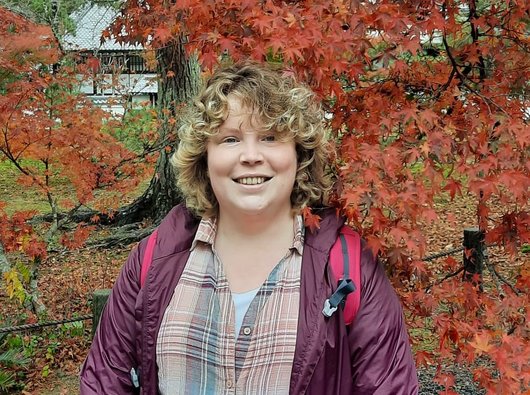Prognosis for diffuse large B-cell lymphoma (DLBCL)
This page talks about the general prognosis for DLBCL – what might happen in the future. If you have a different type of high grade non-Hodgkin lymphoma, read this page but ask your hospital team about your individual situation.
What you need to know:
- DLBCL can be treated and the aim is usually to cure it.
- General statistics don’t relate to you personally, so it’s important to ask your hospital team about what the future may hold for you.
- Research and clinical trials are adding to our understanding and changing the way DLBCL is treated.
What’s the outlook for people with DLBCL?
For most people with DLBCL, treatment aims to put you into remission, where there is no sign of the lymphoma left.
Most people will go into remission after treatment. Once you are in remission, you will normally have follow-up appointments for two to three years. If you stay in remission during that time, it’s unlikely that the DLBCL will come back in the future (relapse).
It will take a while to recover after treatment for DLBCL and you will need to take things slowly. People who have been through treatment put it like this: DLBCL will take over your life for a time, but you can get it back.
If you do relapse, you will be offered more treatment options, which may still aim to cure the DLBCL.
For some people who need gentler treatment because of their general health, treatment will aim to keep the lymphoma under control for as long as possible rather than cure it outright.
For everyone with DLBCL, the aim is to give you the longest and best quality of life possible.
Other high grade non-Hodgkin lymphomas
The prognosis for other types of high grade non-Hodgkin lymphoma will vary depending on your specific diagnosis. You may read that some types are more likely to relapse than others, but it’s important to understand that your prognosis is personal to you. It will depend on your test results, your overall health, and how the lymphoma responds to treatment.
The aim of treatment for most people with any type of high grade non-Hodgkin lymphoma is the same: to put you into remission with the hope of a cure.
"Sometimes, I think I should be travelling or bungee jumping or something else adventurous. But all I wanted during treatment was to get back into a routine where I could live the life I wanted. "
Katherine, diagnosed with T cell rich large B-cell lymphoma in 2021
Read Katherine's story about being diagnosed at age 30.

Your personal prognosis
Ask your hospital team if you want to know more about your own future, known as your prognosis.
Your doctor may tell you your risk score. Risk scores sometimes help doctors consider the best treatment options.
There are 4 levels of risk: low, low intermediate, high intermediate and high risk. These are based on your age, your general health, the stage of the lymphoma and some of your test results. All types of high grade non-Hodgkin lymphoma can be scored based on this system.
A range of tests carried out on your lymph node biopsy will give doctors more information about your individual risk and prognosis. Doctors will consider this alongside your risk score.
Staging
Doctors will look at the stage of the lymphoma. This includes where the lymphoma cells are and the symptoms they are causing.
Your stage may affect the treatment you are given, but on its own it doesn’t lower your chance of a cure. Many people have advanced stage disease by the time they are diagnosed but still go into remission after treatment.
We have more information about staging.
The problem with statistics
You may find prognosis information on Google or get it from your hospital team. This may talk about 5-year survival rates.
Many people find this information alarming. It’s important to know that survival rates are averages, based on large groups of people, and don’t describe what will happen to you personally.
Read our general information about prognosis to find out more about survival rates and what they actually mean.
If you are worried about anything you read or hear, contact our Support Service free on:
Research and clinical trials
Research and clinical trials are how we move forward with the treatment of DLBCL and other blood cancers.
Because of research, new treatments like CAR T-cell therapy and bispecific antibodies offer the chance of a cure if standard treatments don’t get you into remission.
Clinical trials are a vital part of research. If you take part in a trial, you will get the best standard treatment, or one that may be even better.
We have information about the research we are funding.
We also have a clinical trials support service which aims to match people to trials that may be suitable for them.
